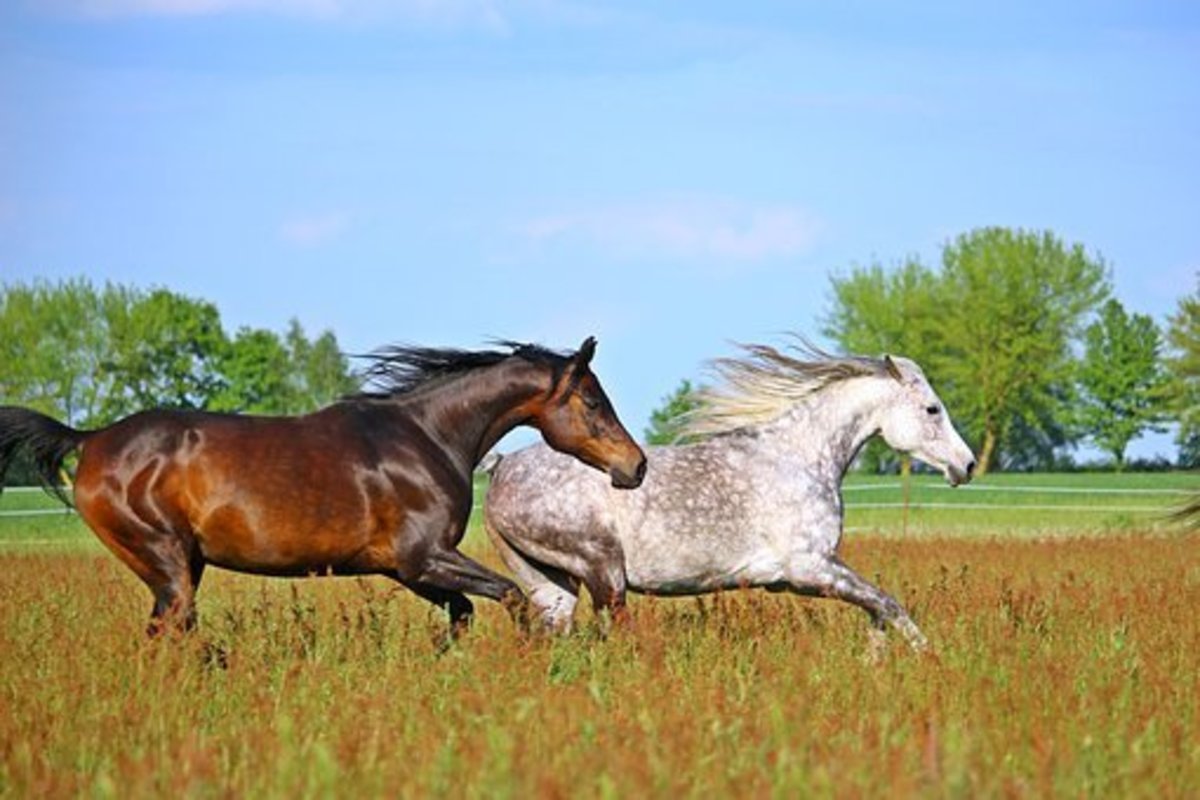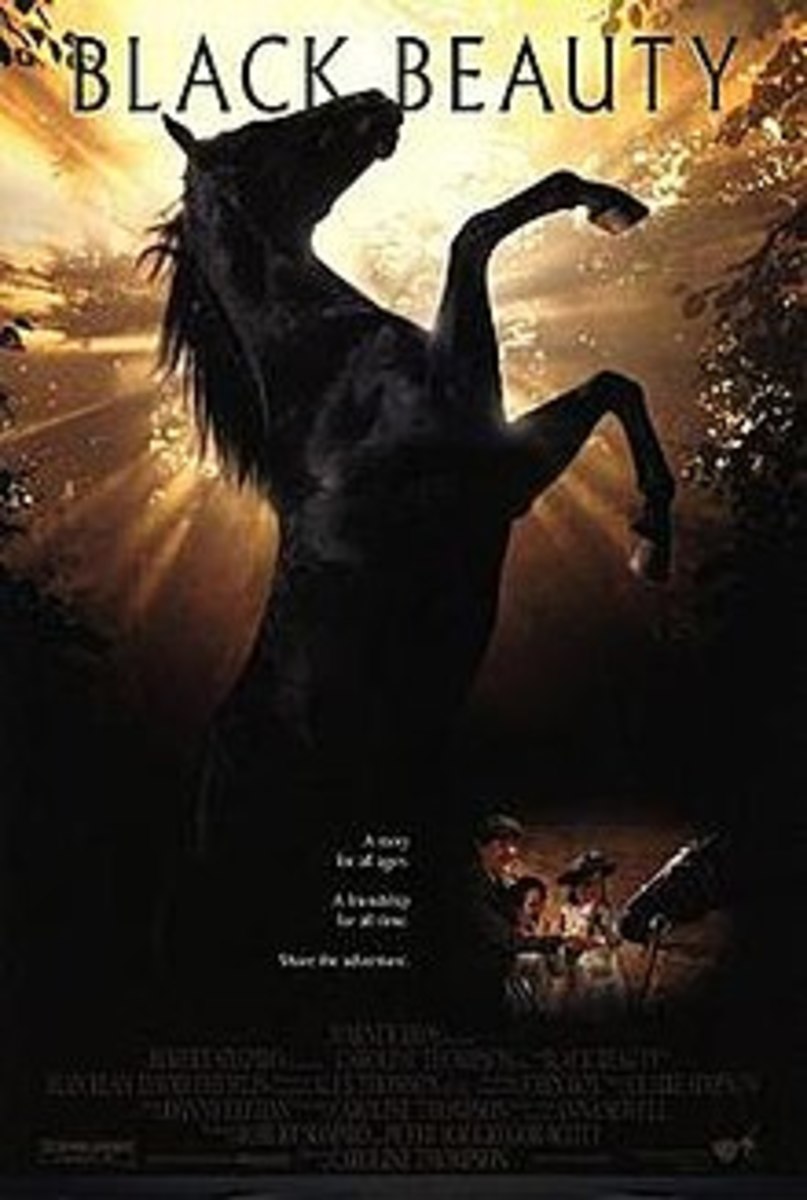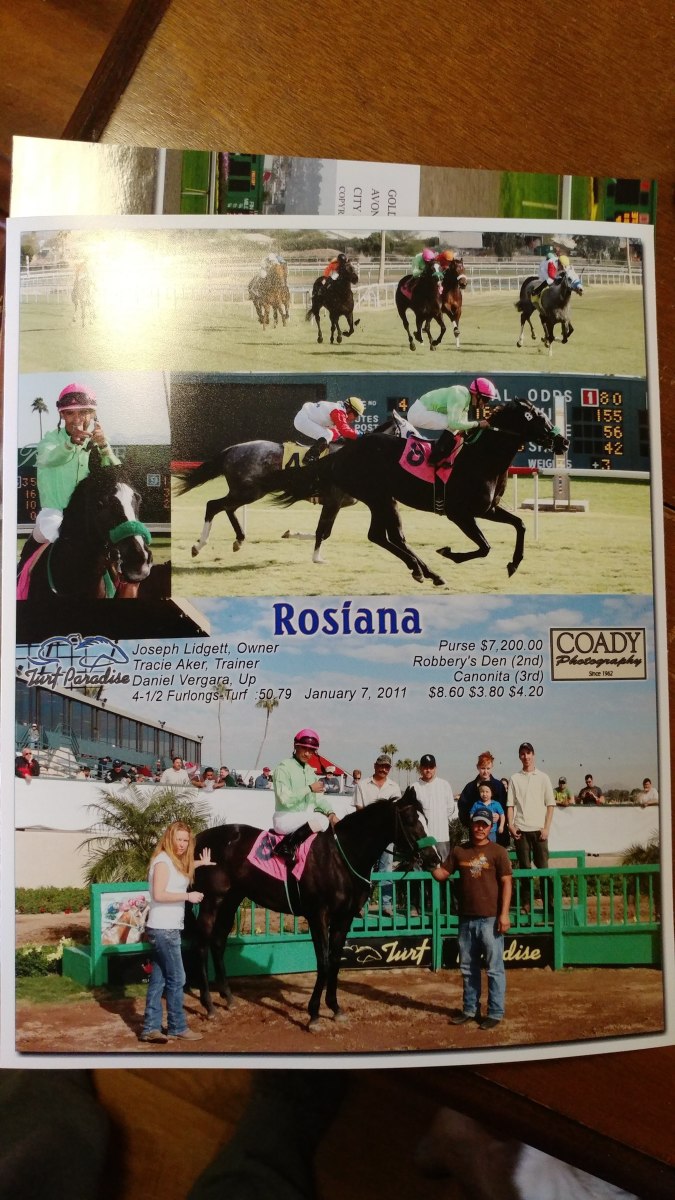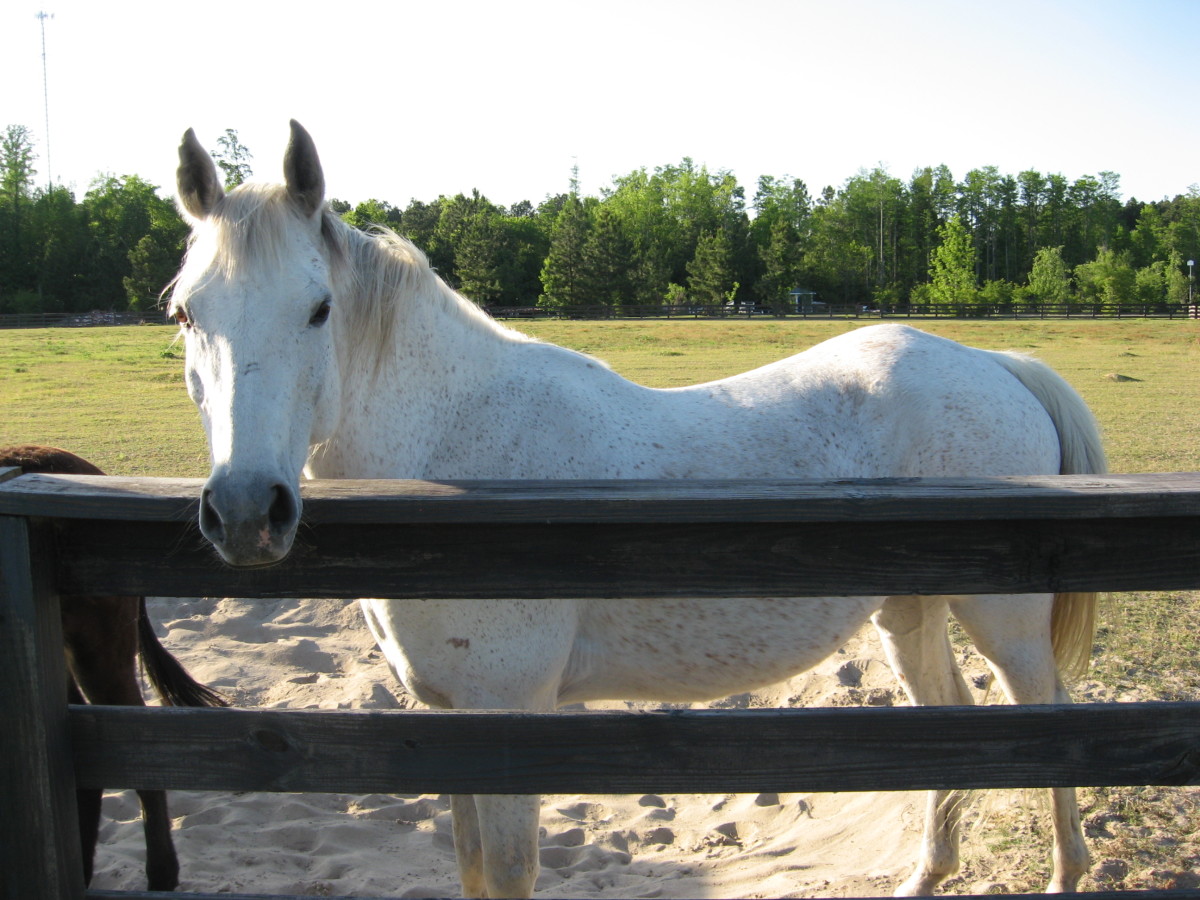Recognize a Horse in Pain
They Are Taught to Obey
Regardless of the close relationship man has developed with horses, man does not easily recognize when a horse is in pain. Rigorous domestication practices has taught the horse to do his best to ignore his pain and obey his handler. On many levels pain is used as a corrective measure when training.
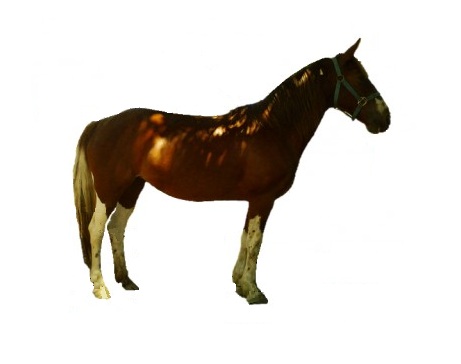
How to Recognise When Your Horse Hurts
Jerking on the lead line briskly is a practice I've witnessed by almost every single person leading a horse. Any balk, stumble, waiver or step out of line is reprimanded by the handler with several hard yanks on the lead line. This yanking, in turn, jerks the halter on the horse, which causes painful stabbing of the halter at the point of the poll (the pole is a sensitive, nerve cluster at the top of the horses head, just behind the center of the ears). This is a catch-all reprimand used far too often in stables. It is very painful for the horse, and leaves the horse clueless what the problem was. They don't cry out, they don't shed a tear. What they do is lift their head to try to get away from the handler until the handler has completed their fit of rage. The horse does its best to ignore the pain for fear the handler will rage again.
Lifting the head, so your looking down your nose at someone, is a gesture used by humans indicating a stubbornness or haughty disposition. This same thinking is assumed when a horse lifts his head to avoid the yanking handler. It is thought, "he is being stubborn" or "he's acting haughty" This couldn't be farther from the truth. The only direction the horse has to move in order to avoid the pain is up and away, thus producing the stubborn or haughty appearance. That is not what the horse is telling you, quite the opposite. When a horse is feeling haughty they actually will tuck their head down and prance to show it.
Let's look at some other situations that the horse is trying to tell you he is in pain.
- Back pain while trotting.
- Foot or Leg pain.
- Head or ear pain.
- Body pain. (they lean into pressure regardless of pain)
- Tooth pain.
Back Pain
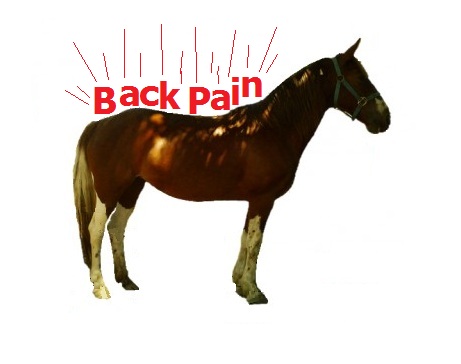
Back Pain Trotting
Back Pain Trotting
Carefully watch the accompanying video. I have slowed it down so the horses signs of pain can easily been seen even by the untrained eye. As the girl is posting the trot, watch the behavior of the horses ears.
- Ears: Each time the girl stands in the stirrups the horses ears pin (pivot back and flattened toward the neck). When the girl lowers herself back down the ears switch forward just for a moment, then back again as she rises out of the seat again.
This action with the ears is telling me; I'm a happy horse, but it hurts my back when the rider stands up in the stirrups.
Another more obvious indicator is how the horse holds here head during the posting.
- Head: As the rider lowers herself back down to the seated position watch carefully as the horses head is drawn up and back. Almost every post the horses head does this.
This action with the head is telling me; Every time my rider sits back onto the saddle it hurts so bad I raise my head in pain.
Imagine when your own back hurts, what is a common posture for back pain? Grasp your back with your hand and raise your head in pain putting slack in your back muscles. This is exactly what the horse is doing.
An equine chiropractor or large animal veterinarian needs to look at the horse showing these signs of pain.
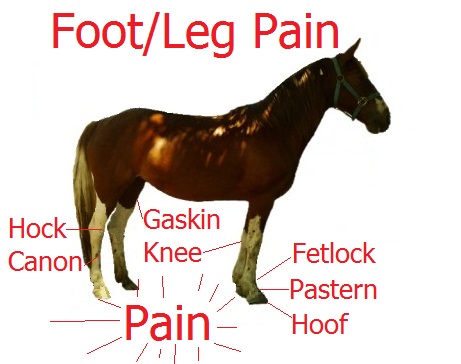
Release Pinched Skin Under Girth
Foot/Leg Pain
Foot and leg pain can present in several different fashions. Some of the more common indicators of trouble in the foot or leg are:
- Limping (I know, obviously, but sometimes a limp is ignored)
- Unwilling to lift the foot when asked for.
- Biting at the affected limb.
- Foul odor (this is an infection, such as thrush or puss)
- "Dancing" where the horse constantly switches from left to right foot. Common with stone bruises in the foot.
- Resistance to move forward or pinning of their ears when they do move forward.
- Swelling (hot, indicates infection) in the hock, fetlock, cannon areas.
After the saddle has been cinched up tight, for some horses, it can pinch their skin, causing a barely noticeable limp. It may be difficult to see, but the horse certainly feels it. Try pulling each of his front legs forward, after the cinch is tightened, to straighten any skin that may be pinched under the cinch.
Carry a hoof pick with you on trail rides, you never know when your horse will pick up a stone, or screw in his hoof.
When you run your hands down the horses legs, if you feel a good amount of heat in just one area (and probably a little or a lot of swelling) it's a sure sign of infection and the veterinarian needs to be called.
Mouth Pain
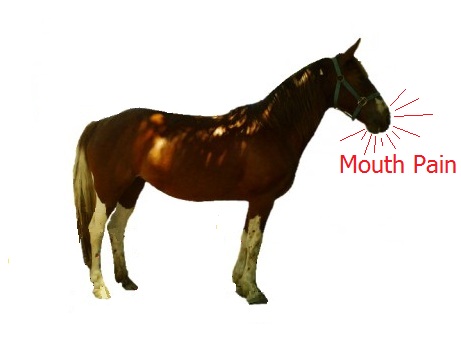
Painful bit!
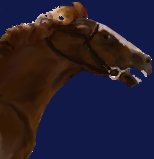
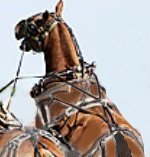
Bit Bridle Pain
Not every mouth is the same. And if that mouth holds a bit, that is ill fitting, or causing pain, you could wind up in some trouble . Some bits are more severe than others. What makes a bit severe? The two main factors of severity are:
- The shanks.
- The port.
Every part of a bridle has an action intended to encourage compliance on the part of the horse. Some of the other parts of the bridle that encourage this are less severe but rely on pressure points to affect the horse. These pressure points are:
- The poll.
- The chin.
- The end of the nose.
When these pressure points don't work or the horse is not comfortable with the bit a nose band is wrapped around the horses muzzle to force his mouth to stay closed so the bit can affect him. When the mouth is forced closed there is no way the horse can get away from the bit regardless of the severity. Jaw bones, teeth and tongues have been severely damaged from this practice.
You can avoid harming your horse if you pay attention to the warning signs that his bit is not fitting well.
- Opens his mouth when reins are activated.
- Pins his ears at the same time opening his mouth.
- Bobs his head up and down when reins are activated.
- No slobber, dry mouth.
- Blood coming from mouth.
- Wolf teeth still in place.
Sometimes mouth problems can be something as simple as having the wolf teeth removed so the bit can set comfortably on the bars. Other times, replacing the bit with rubber or sweet copper will resolve the problem. Bit problems need to be resolved so the horse can focus on what you want him to do rather than the pain in his mouth.


